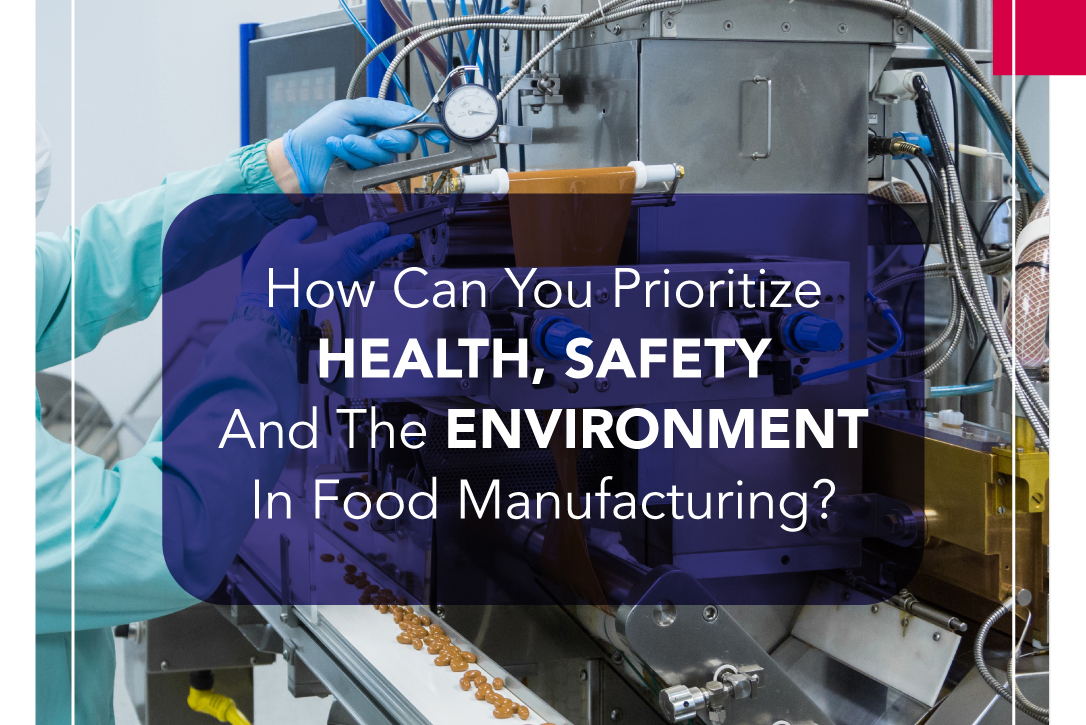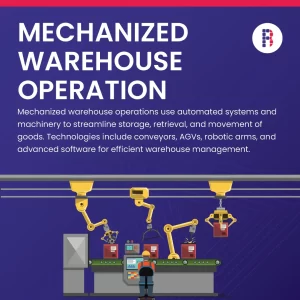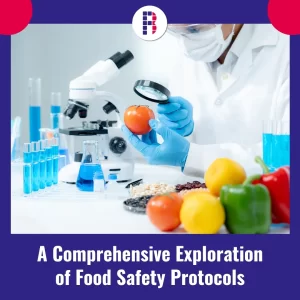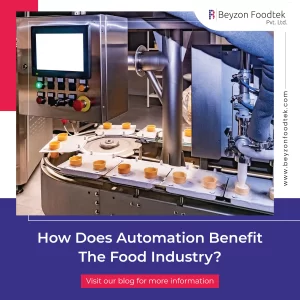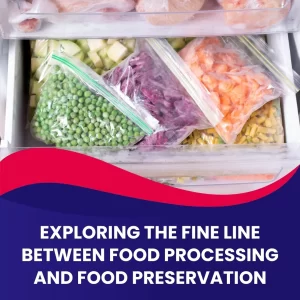Introduction
The food manufacturing sector is being closely examined in the modern world, when consumer awareness is at its highest. The duty for adopting a comprehensive strategy that not only provides delicious and nutritious products but also assures the wellbeing of people and the earth lies on food manufacturers as customers become more aware of their health, safety, and environmental effect. We’ll explore why it’s so crucial to put health, safety, and the environment first in the process of food manufacturing in this blog.
- Ensuring Health and Nutrition
- Ingredient Selection: Choosing high-quality, healthful components is the cornerstone of any healthy food product. The nutritional value of the food is being preserved by manufacturers using natural and minimally processed ingredients.
- Nutrient Retention: Modern manufacturing processes like cold pressing and low-temperature drying are used to preserve the majority of an ingredient’s nutritional content, guaranteeing that consumers will get the health advantages they anticipate.
- Transparency: Consumers are empowered to make informed decisions that are in line with their dietary needs through clear labeling, which includes nutritional data and component lists.
- Putting Safety and Quality First
- Strict Quality Control: To avoid contamination, allergy cross-contact, and other safety risks, manufacturers employ strict quality control procedures from the procurement of raw ingredients to final packaging.
- Traceability: Businesses are improving traceability by using technology like blockchain to identify the source of materials, enabling prompt recalls if necessary.
- Adherence to Regulations: Following regulations guarantees that items are safe for consumption and adhere to the strictest industry standards.
- Allergen Management: To meet the needs of people with food allergies or sensitivities, strict measures are in place to prevent allergen contamination.
- Environmentally Conscious Manufacturing
- Sustainable Sourcing: To lessen the carbon footprint connected with the production of ingredients, manufacturers are collaborating with suppliers who promote sustainable farming techniques.
- Packaging Innovation: By using eco-friendly packaging materials, reducing the usage of single-use plastics, and creating efficient package designs, the environmental effect of food production is being reduced.
- Waste Reduction: Reusing leftovers, recycling, and streamlining production procedures to reduce resource consumption are all part of waste reduction efforts.
- Energy Efficiency: Using energy-efficient techniques and technologies lowers overall energy use and greenhouse gas emissions.
- Engagement in the Community and Responsibility
- Supporting Local Communities: Many businesses are using locally sourced foods to help their communities’ economies and cut down on transportation-related carbon emissions.
- Food Security Initiatives: Some firms are working with charitable organizations or giving excess goods to food banks in an effort to combat food insecurity.
- Education and Awareness: Producers are interacting with consumers to inform them about wholesome eating practices, environmentally friendly options, and the effects of food choices on people’s health and the environment.
Conclusion
The food manufacturing sector is crucial in determining a better and more sustainable future in a time when people are becoming more concerned about their health, safety, and the environment. Manufacturers are laying the groundwork for a food ecosystem that puts people, communities, and the environment first by embracing transparent processes, strict quality control, sustainable sourcing, and community participation. By supporting companies that place a high priority on health, safety, and the environment during the production process, we as customers have the ability to create positive change.
